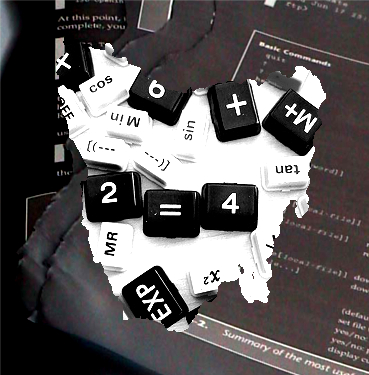Read and write rates take bashing in Tas
 Literacy and numeracy levels in Tasmania are around ten per cent lower than the rest of country and continuing to drop.
Literacy and numeracy levels in Tasmania are around ten per cent lower than the rest of country and continuing to drop.
A leading educational expert has warned the literacy crisis in the state could become unmanageable within a few years, with the latest Grattan Institute report highlighting a disturbing trend.
More than half of Tasmanian students have failed to reach the national baseline for maths, compared to 42 per cent nationally.
Forty-seven per cent came in under the minimum standard for English literacy, a score attained by just 36 per cent of students nationwide.
Something must be done, according to director of the school education program at the Grattan Institute Dr Ben Jensen in an interview with the ABC.
“We need a significant change in the expectations around Tasmanian schools and what the education system can produce,”
he said.
“That will require some significant reforms that will not be easy and will be opposed by some.
“So you need huge political will or we are going to get the situation in 10 or 20 years whereby Tasmania becomes a state of high unemployment, high poverty and high inter-generational inequality.”
The state’s educational issues are deeply engrained, according to Tasmanian economist Saul Eslake.
“Many parents in Tasmania [think] ‘if my child goes on to year 12, they will probably go to university, he or she will probably have to go to the mainland and he or she will marry someone on the mainland and I will never see my grandchildren’,” he said.
“I am a textbook example of precisely what so many Tasmanian parents fear.”
The system has money - that is certain - the Tasmanian Government has committed $1.3 billion to education spending in this financial year.
However, Government figures showing half of all Tasmanians over the age of 15 are innumerate and illiterate are symptoms of the wide-ranging and long-running problem.
The dispersal of the funding or of Tasmanian teachers may be an issue, Mr Eslake said.
“The average Tasmanian school in the government sector has about 290 pupils in it, the average school on the mainland has over 350 students in it,” he said.
“Tasmania's teacher-to-student ratios are 9 per cent higher than those on the mainland.
“That's not a big difference - the big difference comes with the number of non-teaching staff per student, which is 22 per cent higher in Tasmania,” he said.
A plan to consolidate resources by amalgamating schools in 011 was shot down by strong oppositions, but Dr Jensen say the cost of appeasing local communities may be forced federal intervention.
“What I fear will occur, is that if significant reform doesn't occur in Tasmania, you will get the situation where the Federal Government is faced with a situation where it sees a lot of money going into the system with little results, and a lot of money going into the welfare system in Tasmania,” he said.
“And because of that, they could be forced into some drastic measures regarding ... implementing specific, federal-based policies within Tasmania.”
State Education Minister Brian Wightman said the state’s unique situation requires it owns answers.
“You can't impose or bring systems from the mainland and impose them on Tasmanian schools,” he said.








 Print
Print